This website uses cookies so that we can provide you with the best user experience possible. Cookie information is stored in your browser and performs functions such as recognising you when you return to our website and helping our team to understand which sections of the website you find most interesting and useful.

Building The Circular Economy: Finance Leadership In The Sustainable Fashion Revolution
Jeff Thomson January 20, 2023
Sustainable fashion could be the next great green disruption
In recent years the fashion industry has been widely criticized for unsustainable business practices. But it may be on the cusp of a revolution in how it sources materials based on reuse rather than new production. One company is at the forefront of this exciting trend, the sustainable fashion firm Circ. I spoke with Luke Henning, Chief Business Officer at Circ, about how he oversees the process of efficiently producing sustainable textiles, tracks sustainability information and raises vital funds. In his role he must combine financial expertise with solid investor communications and a vision of a new future for his industry – a combination that will become increasingly needed from finance leaders as they work toward building more sustainable businesses.
Jeff Thomson: Circ has developed a way to recycle textiles into virgin equivalent inputs for the textile industry, converting a linear system to a circular one. As Circ’s Chief Business Officer (CBO) how do you contribute to this strategy? What role does data play in enabling Circ’s mission? With your background in mathematics, how does data analytics factor into your role?
Luke Henning: As CBO, I am accountable for our outward-facing activities with investors, brands and industry players. Working together as a tight-knit C-Suite team, we craft the message for the industry, consumers, and investors to educate on sustainability in fashion, what circularity means and ultimately why it is so vital that we must transform a polluting industry like fashion. I am often the voice of this message.
Aside from traditional data used in research and development on the technical side of things, we also use data to measure the environmental impact of our process versus traditional virgin product manufacturing. One of the most commonly used tools is a life cycle assessment, which takes into account various factors such as energy use and logistics to evaluate a process to ensure that it’s a net positive for the environment. This can help drive decisions like the location of production assets.
I also interface with data analytics in assessing systems for tracking and tracing our products. This is a key area because fashion is riddled with misreporting, counterfeit products and false labeling. I need to find ways we can ensure that if a product says it contains Circ material, that it actually does, and that if we stamp it as recyclable, that it actually is.
Ironically, I hardly use my mathematics skills in my role. The heavy data analytics come in on the engineering and scientific research side of the business. Most of my modeling is used for capital table scenario analysis and review and related topics which, while convoluted, are not mathematically complex.
Thomson: Circ has the ambitious goal of recycling 10 billion garments (representing 10% of the global apparel market) which will save more than 10 million trees by the year 2030. Yet there remains a gap between goals and actual realization of new methods of production and distribution that are more environmentally friendly, as passing on these costs to consumers is not feasible. Who in the ecosystem pays for all the green innovation? How can CFOs reconcile the need for short- term investment in return for long-term profitability while maintaining cost efficiencies?
Henning: As a society, we pay for the lack of green innovation. The cost is just masked. All that is happening now is that the direct financial cost is more open and more likely directly attributed within an industry.
That being said, the only way you get true shifts in sustainability is if you make the transition as painless as possible, or you force it with regulation and level the playing field – which is coming. Circ’s process is designed to be able to compete on cost with virgin products without subsidy when producing at full scale. In the short to medium term, we will be charging a premium for circular materials. Substantial premiums will exist for circular products as a function of the supply and demand dynamics for these materials, and it will take many years to be able to replace virgin materials with circular ones.
It’s not easy. We are disrupting one of the oldest industries that played a major part in the industrial revolution. We know what we’re doing is capital intensive and that “hard tech” generally takes longer which impacts timelines for returns. That means we have to be very thoughtful about the efficient usage of capital while de-risking and growing value as we transition into a company with long-term profitability. To attract capital, we need to ensure that the juice is worth the squeeze.
What draws investment to us is threefold: to ensure supply of a scarce commodity to reduce regulatory penalties; to gain market share through being able to offer sustainable products; and ultimately, because the technology acceptance model is so large, any company that can capture market share here with acceptable margins, will be an industrial giant.
Thomson: Capital markets are increasingly willing to commit money to promising ventures in sustainable business. This summer, Circ announced over $30 million in Series B funding by leading global apparel companies and venture capital firms, including Bill Gates-founded Breakthrough Energy Ventures. Can you discuss your role in raising these funds and how you were able to successfully communicate Circ’s vision and potential to investors? How should other CFOs in the startup space pursue capital? And what should CFOs in companies that invest in such ventures be looking for?
Henning: You need a strong and coherent message that clearly articulates why you are the category leader in your space. If you can do this, investors will share the opportunity with their network, and leads will start to build organically which is vital because raising funds is a numbers game. You need to get out there and talk to potential investors and not stop talking to new investors until the money is in the bank.
My role was largely to foster these investor relationships and to have the first few rounds of calls with potential investors. You need to be qualifying investors as much as they are qualifying you or you end up wasting precious time. Once they are qualified, standard due diligence processes follow. For those in sustainability, you need to be able to answer three questions: Can we? Should we? Will we? The “can we” deals with the art of what is technologically possible. Is it even possible to do what you are attempting? The “should we” deals with the sustainability of your process. Is this more environmentally friendly than virgin alternatives? The “will we” deals with the economics of the solution.
If you cannot compete on price or be close on price to the alternatives, then you will struggle to attract enough customers for wide-scale deployment. If you cannot answer yes to all three questions, you will struggle to raise the funding you need to build your business.
My guidance is pretty straightforward. Look for investments, in viable technologies, that match a long-term macro thesis, and then find the best team executing in that space. Zigs and zags are expected in the venture world, and you need to be confident in the people leading the organization and their ability to navigate uncertainty and pivot as needed.


